The piano is an incredibly versatile instrument that allows you to paint vivid soundscapes, evoke deep emotions, and craft intricate rhythms. In this article, I show you 6 simple ways that you can take advantage of this versatility and use the piano to enhance your compositions.
Accent Chords
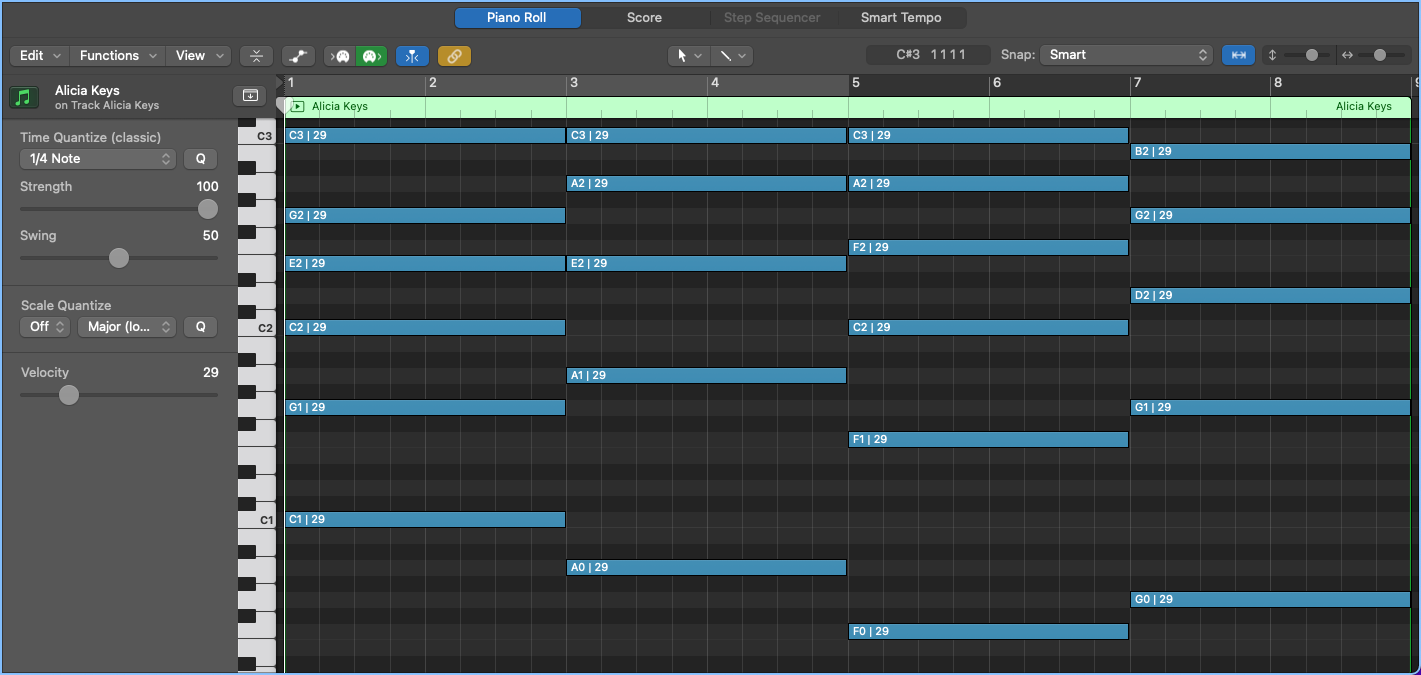
This is the most simple way to use the piano; to use it to play block chords at the start of each new chord change.
Using the piano in this way can really help to fill out the sound of your chords as well as give them a bit more impact.
I like to use this technique when combined with ethereal pad sounds.
Rhythmic Chords
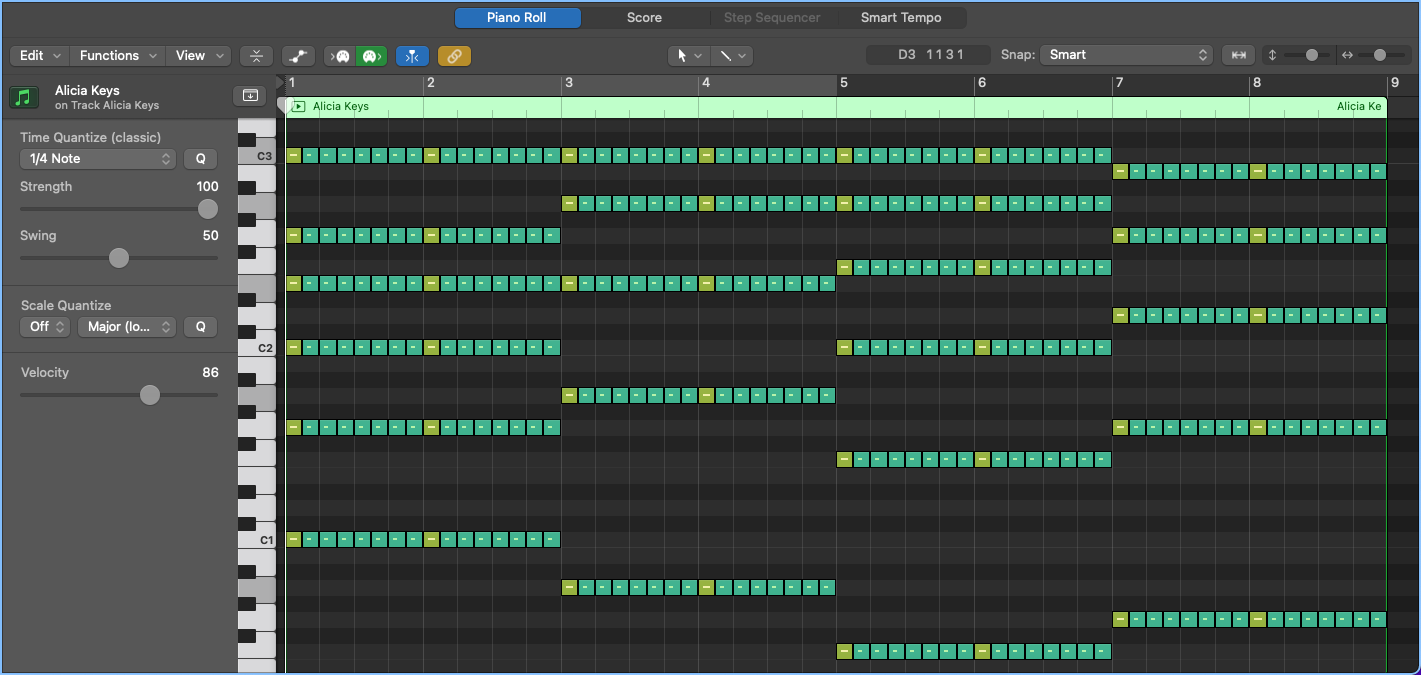
Think of this as the way the Beatles or Little Richard used the piano; block chords played rhythmically.
Using the piano in this way means that you take full advantage of the piano's percussive nature and get the chance to drive your music forward tonally and rhythmically.
Rocking Between Notes
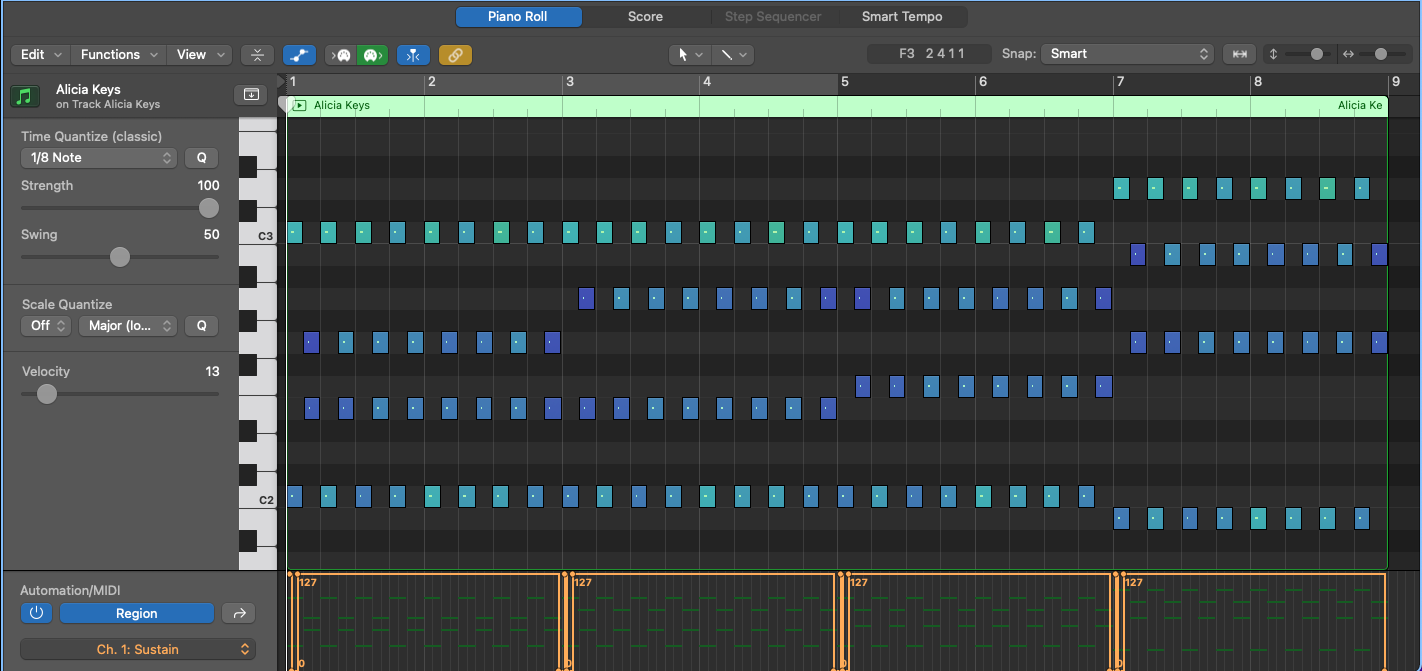
This is one of my favourite ways to write for piano. It is the halfway house between driving the track with block chords and using full arpeggios.
This technique usually involves pairs of notes rocking back between each other which creates a sense of movement and emotion very quickly.
You can hear me using this to create a slow and subtle sense of the track's harmony in my track Age of the Universe.
Arpeggios
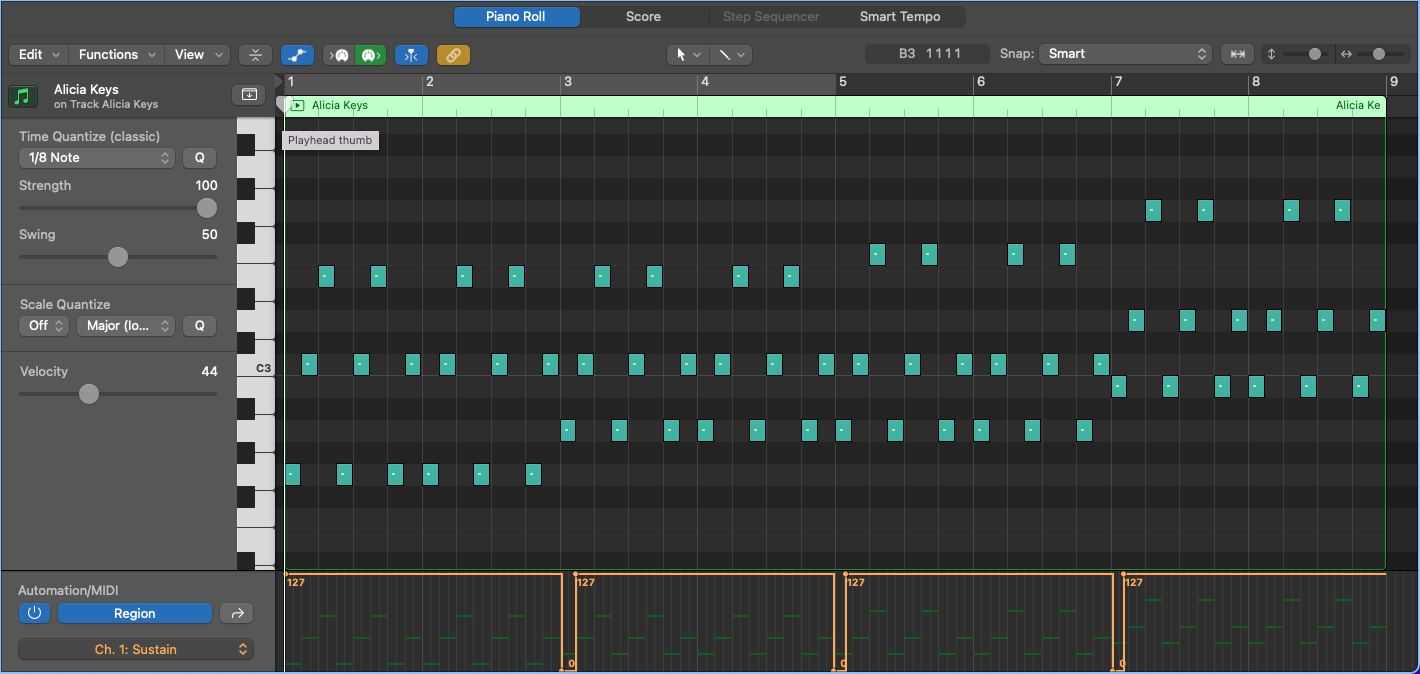
This is an extension of the rocking between notes technique. You choose an arpeggio of a chord and play that however you want.
You could repeat a 3-note arpeggio to create a repetitive and driving piano track or you could descend through a 12-note / 4-octave arpeggio to give a delicate sense of cascading water.
You can hear me using arpeggios to drive Mythos, a neoclassical piano and strings piece I wrote for a production music album.
Lyrical Melodies
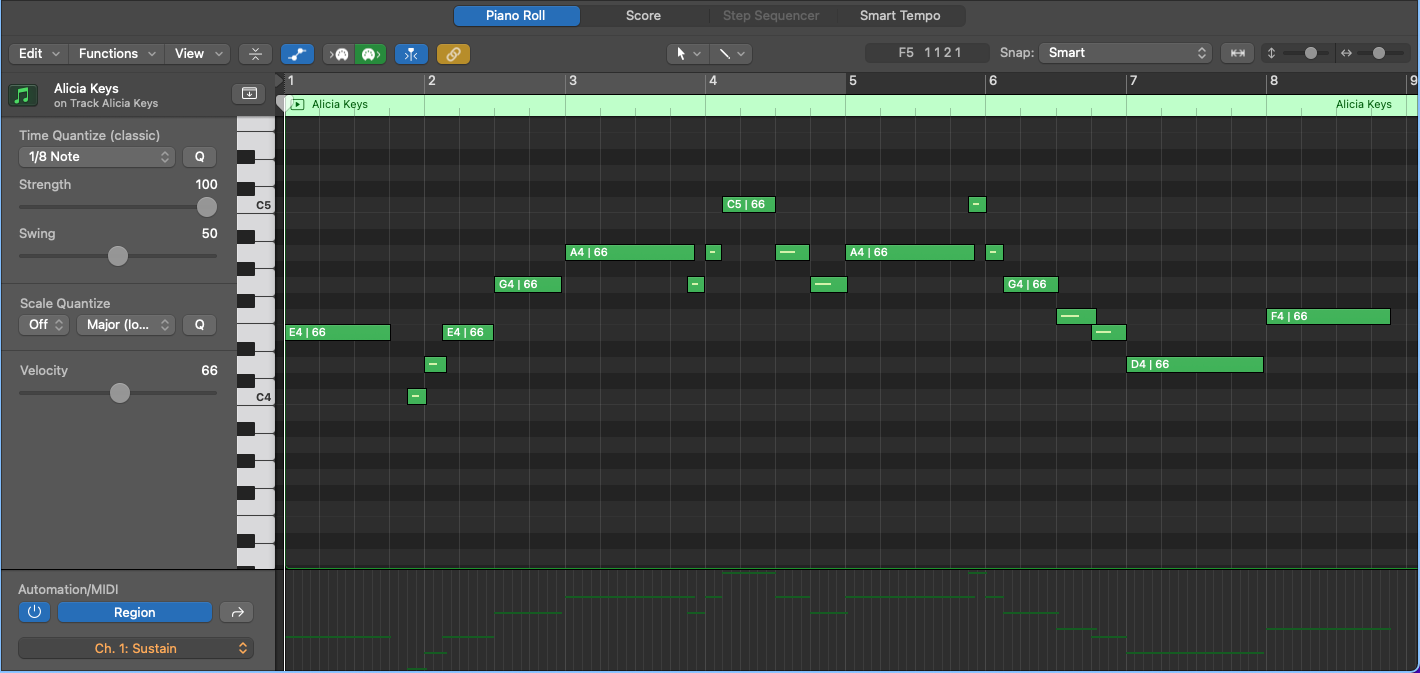
Letting the piano take the topline melody can really enhance your music.
The advantages are that the piano's natural attack gives each note a cleaner start as well as the neutrality of the piano allowing the melody to be stated without too many other connotations.
When you hear the piano it does not usually make you think of a time, place or emotion. For example, when you hear the bagpipes you think of Scotland, and when you hear the Harpsichord you think of the 1700/1800s. We as composers can use this to our advantage when orchestrating with the piano and use it for its attack, percussion, pitch range, and other qualities without it "colouring" the music too much.
In my track Sirius I used the piano to double to lyrical melody of the Violin giving it a bit more attack.
Pick and Mix
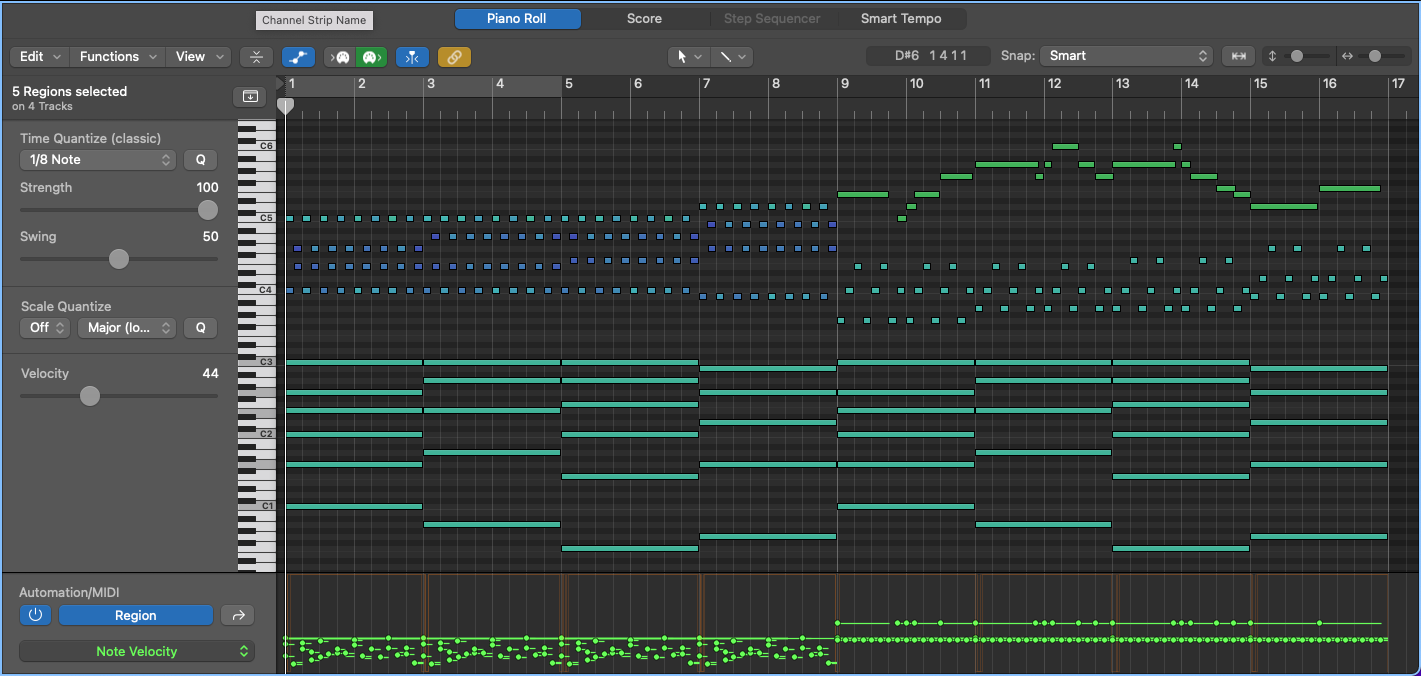
The best thing about the piano is that it can be used in all the ways I have shown you above, and also any combination of them at the same time; rhymtic chords and lyrical melodies, arpeggios and rocking notes.
This huge diversity means that a solo piano playing music can sound incredibly full and rich not needing other instruments to support the harmony or melody.
This is how I approach the piano.
I use it to sketch out an entire piece of music very quickly because I know that it can cover the harmony using block chords, the rhymic patterns and pace using the arpeggios and rocking notes, and then it can take the melody too.
What Are You Looking For
Whether you are planning to compose a solo piano piece or just want a bit of piano in your track the most important thing for you to remember is that you must establish what it is you want the piano to do in your music.
Do you want it to fill out the harmony, give the track some drive, or play a melody? etc.
Knowing this before you start out will ensure that you get the most out of your piano.




